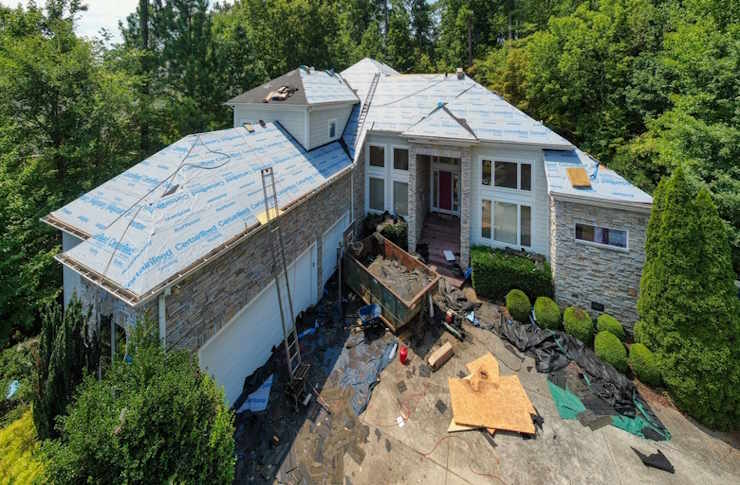Concrete Contractors: What Homeowners Should Know
Concrete contractors play a central role in many residential projects, from pouring a new driveway to repairing foundation elements around a house. Understanding what these specialists do, how they plan projects, and how work affects your property can help homeowners make informed decisions and avoid common pitfalls. This article explains core services, timelines, material choices, and practical considerations when hiring concrete professionals for construction work at home.

What does a concrete contractor do?
A concrete contractor evaluates site conditions, prepares forms and subgrades, places reinforcement, mixes or orders concrete, pours and finishes surfaces, and applies curing and sealing measures. Their responsibilities also include ensuring proper drainage, meeting building codes, and coordinating inspections. For projects like patios or slabs, experience with joint placement and finishing techniques determines long-term performance.
Beyond pouring, many contractors handle demolition of existing concrete, repair of cracks and spalling, and decorative treatments such as stamping, staining, or exposed aggregate. Clear communication about scope, schedules, and warranties reduces misunderstandings and helps align expectations for workmanship and site cleanup.
How is a driveway project planned?
Planning a driveway begins with assessing site slope, soil type, and expected loads from vehicles. Contractors will recommend thickness—typically thicker for garages or heavy trucks—reinforcement options such as wire mesh or rebar, and whether subbase improvements are needed. Proper base preparation prevents settling and cracking over time.
Design considerations include slope for drainage, control joints to manage cracking, and edge reinforcement to resist spalling. A contractor should provide a written scope, material specifications, and a timeline that accounts for weather-dependent curing. For decorative finishes, early decisions about color, texture, and curing compounds are important to achieve the intended look.
How does concrete work affect a house?
Concrete work near a house can influence foundations, drainage patterns, and landscaping. Cutting into existing grades may expose foundations or alter runoff paths; competent contractors coordinate with structural engineers or foundation specialists if the work could affect structural elements of a house. Ensuring proper setbacks and expansion joints where concrete meets the building helps prevent moisture intrusion and thermal stresses.
Additionally, vibration from heavy equipment and excavation can disturb nearby structures or utilities. A pre-construction site walk to identify underground lines and to document existing conditions protects both the homeowner and contractor. Contractors should follow local codes for setbacks, compaction, and curing to minimize long-term issues.
How can concrete work change property considerations?
Well-executed concrete installations can improve usability and curb appeal, but they also require ongoing maintenance. A properly designed driveway or patio contributes to a property’s function and accessibility; however, improper drainage or insufficient base work may lead to costly repairs that affect property value. Choices about permeable vs. impermeable surfaces can influence stormwater management and local permitting.
Homeowners should consider lifecycle factors: material durability, expected maintenance (sealing, joint repair), and potential repair costs. For properties in freeze-thaw climates, selecting appropriate mixes and air entrainment can reduce freeze-related damage. Documenting work with permits and warranties is useful for future resale or insurance considerations.
What to expect during construction?
Construction typically follows a sequence: site preparation and excavation, subbase installation and compaction, forming and reinforcement, concrete placement and finishing, then curing and sealing. Time on site varies by project size and weather—small slabs may be completed in a day, while larger pours and decorative finishes can take multiple days plus curing time before full use. Contractors will often protect adjoining surfaces and manage dust, noise, and vehicle access during work.
After placement, proper curing (moisture retention and temperature control) is critical for strength development. Many contractors apply curing compounds, wet coverings, or watering schedules. Final steps include saw-cutting control joints at recommended intervals and applying sealers if specified. Homeowners should plan for limited access during curing and obtain a clear timeline for when the surface can be safely used.
Conclusion
Hiring a concrete contractor involves technical decisions about materials, drainage, reinforcement, and sequencing that affect durability and property performance. Understanding the contractor’s scope, verifying experience with similar projects, and confirming adherence to local construction standards can reduce risks and improve outcomes. Thoughtful planning around drainage, joint placement, and curing will help ensure a functional, long-lasting concrete installation for your house or property.






